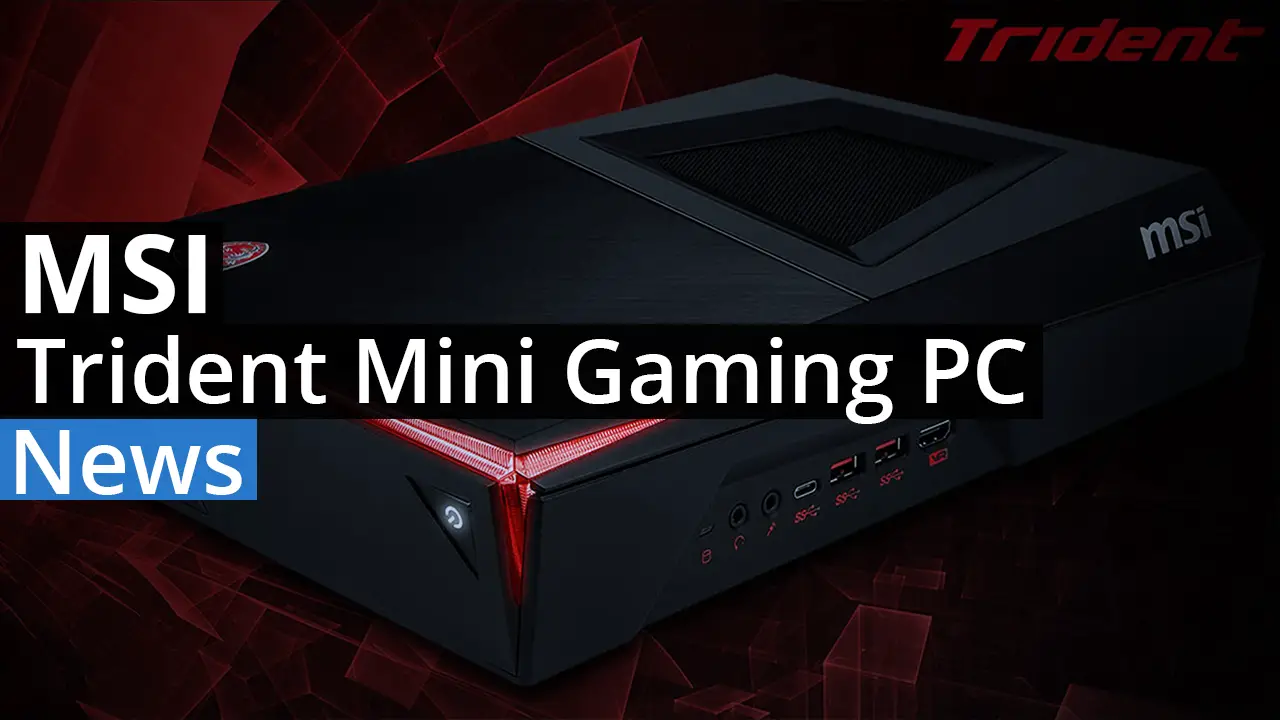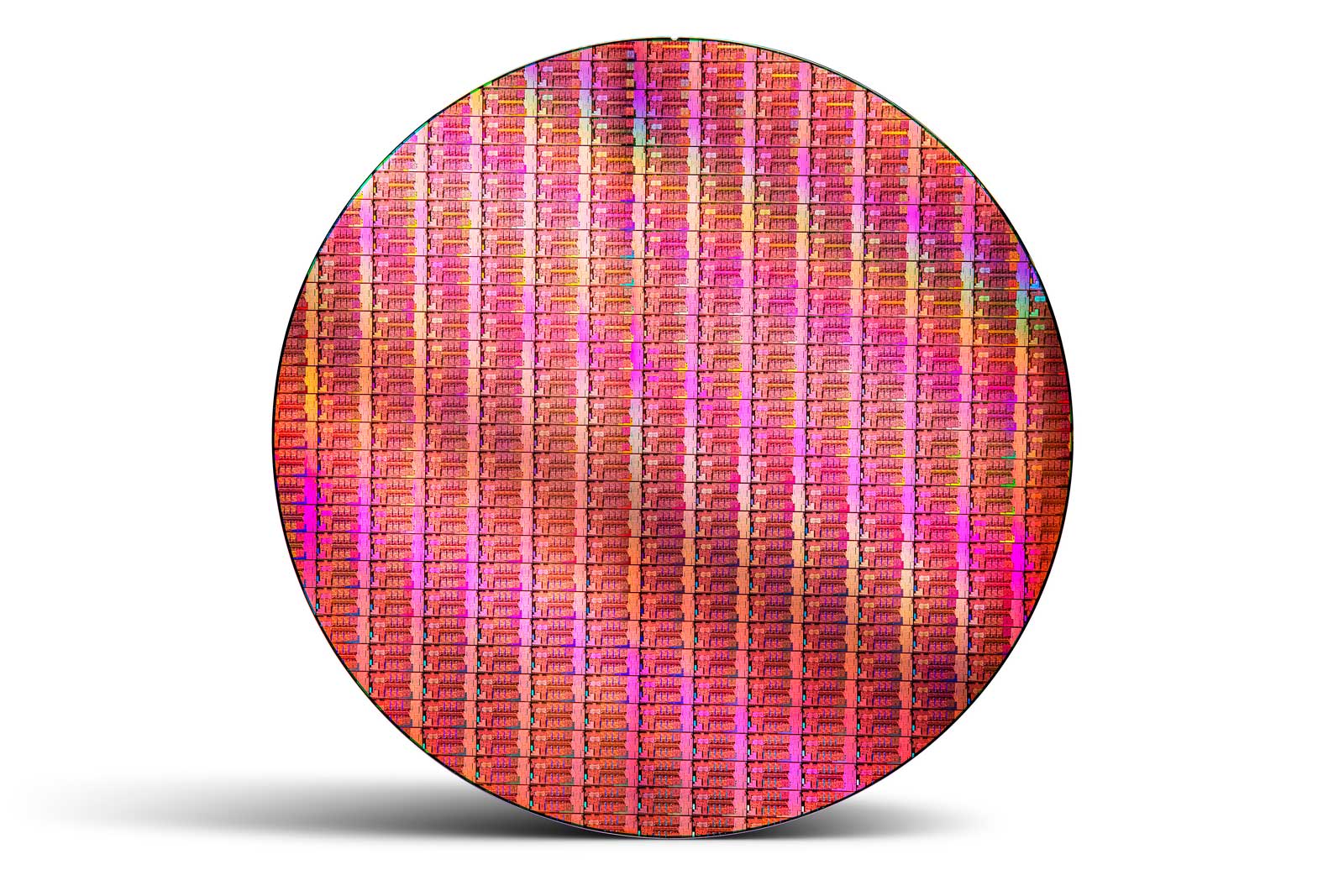As expected Crucial has not changed much on the shipping container side of the equation. Instead it is a low key, conservative style box that is attention getting without being overly garish. In other words its classic ‘modern Crucial’ – and that to us is a good thing.
The included accessories are also sure to please. In total, you not only get Acronis based software to make transferring from your old drive to the new easy, you also get instructions on how to actually go about cloning your old to the new BX300, and on top of that you get a nifty plastic 2.5mm spacer. This spacer is not needed for desktop systems but when trying to install the 7mm (z-height) BX300 into a laptop that was designed around a 9.5mm drive it will be a lifesaver. This certainly is not the first BX model to come with it but we always like to see it included with any SATA solid state drive. It is also a nice ten dollar or so free bonus and further helps make the BX300 a better value. To put that another way it too is classic Crucial and we always like it when companies go the extra mile on the overall value side of things.
The exterior chassis is also ‘classic Crucial’. The label may have changed but just like its predecessors it is a 2.5-inch by 7mm high form factor solid state drive that relies upon a full metal 2-piece design. Unlike its predecessors however this is not a ‘press fit’ design and rather actually uses screws to hold the chassis together. This design difference will not matter much to the average buyer but the BX300’s chassis is sturdier than its predecessors because of it.
With all that taken care of on to the actual meat of the closer look section.
Let’s start by putting a pin into the nasty rumor that was making the rounds on the internet. This rumor stated that Crucial was going to artificially differentiate their MX line from the BX line by the simple expedient of not including a ram buffer on the BX300. This reason this was such an insidious rumor is that while some controllers ‘can’ get by without using an external RAM cache the fact is that overall real-world performance does take a massive hit because of it. This cache is there to help buffer IO requests and keep the controller from being overwhelmed. It also is a (NAND cell) lifesaver when it comes to housecleaning tasks as it makes this necessary task faster with far fewer processor cycles required.
Needless to say we did approach this part of the review with a lot of trepidation as we were going to be severely disappointed with Crucial if they had indeed done such a nasty hack. Thankfully, as you can see the BX300 does have an external RAM buffer. To be specific the BX300 120GB and 240GB models come equipped with 256MB of DDR3 cache, and you can expect to find this doubled to 512MB in the larger 480GB model.
So how has Crucial ensured that the BX300 is indeed different than the MX300? There is actually no single answer to this question. Instead Crucial has done a couple different things to ensure that the BX300 doesn’t encroach too badly into MX300 territory. The first and most obvious way is that they have limited the capacity to 480GB – or basically smaller than all but the smallest (275GB) MX300 model. This is perfectly acceptable as the BX300 is meant for more basic or entry level scenarios and if you need mainstream capacity that exceeds half a terabyte you really should be looking at their mainstream MX300 series.
The next round in the magazine is the fact that the BX300 (like all BX’s before it) does not offer hardware based data loss protection. Instead it relies upon firmware based solutions. Firmware solutions are best described as adequate but by not including all the onboard capacitors for more robust data loss protection Crucial is able to make a clear distinction between to their two SATA models. Basically if data loss protection is really important to you the MX300’s way of doing things is about as good as you are going to find outside of the enterprise corner of the market. It just is ironic that the less costly MX300 series has it and the BX300 does not.
We are going to skip the NAND for a moment and move on to the controller used first. The MX300 series, like all MX and M series before it, make use of a Marvell controller. Crucial has an incredible amount of experience with making Marvel controllers sing it is not even funny and that is why the MX300 series comes with firmware refined to a razor’s edge. The BX300 on the other hand makes use of an upgraded version of the BX200 controller (SM2256) – the SMI SM2258. While this is the third model to make use of a SMI controller, Crucial’s firmware is not as customized and tuned as the MX series. It still is more than adequate but it will take another generation or three before they are true masters of firmware development for SMI controllers.
On the positive side, the SMI SM2258 is a 4-channel controller just like the Marvel used in the MX300… so while the controller itself is arguably not as powerful, and the firmware is a touch rougher around the edges the differences are not going to be night and day large for the typical user. Quite honestly, and as we will show later in the review, only enthusiasts will notice the difference between these two rather good controllers.
This brings us to the largest differences between the two series. As we went into great detail in the MX300 reviews IMFT’s CMOS under Array ‘3D’ NAND is rather impressive. Its combination of 48GB per layer with excellent SLC mode abilities clearly prove that TLC is no longer the red-headed stepchild of the NAND world. Unfortunately, as it offers bloody huge amounts of storage per layer hitting a given capacity requires a lot less NAND than it used to. This really does not matter when talking about one or two Terabyte drive but when talking about 120-128GB class drives it really is a serious issue.
The most logical answer was to use different NAND and that is what Crucial has done. They changed the NAND type. It still is 3D CuA NAND from IMFT (with the M standing for Micron… Crucial’s parent company) it just is MLC (2 bits per cell) instead of the TLC (3 bits) used. Yes for the first time in either series history the ‘slower’ BX line uses better, faster and more durable NAND than its MX counterpart. That is why the BX300 costs more per Gigabyte than the MX300 series.
We believe this major role reversal came about because Crucial had to rush the MX300 series out before their MLC CuA 3D NAND was fully baked. After all, while MLC 3D CuA was announced at basically the same time as the TLC version it was all but vaporware up until now. Yes future drives from other ‘manufactures’ will use this NAND too but for right now the BX300 is basically the showcase model for these nifty new NAND cells.
In either case, this change in NAND type means that instead of only having three of the four channels of the controller populated on a 128GB model (as 48GB x 3 would give more than 128GB) the BX300 120GB model requires four single layer NAND ‘chips’ to hit its requirement. The same hold trues of the 240GB BX300 (and why the MX300 is an oddball 275GB capacity) and why even the largest 480GB makes use of 8ICs – albeit with four layers per IC.
So why is this important? It is important because a single NAND layer is not all that fast by itself and it is only when you have multiple layers on each channel working together that a SSD is ‘fast’. Basically the more layers there on each channel (and the more channels for that matter) the better overall performance will be. This is why the 120GB BX300s I/O’s per second (IOPS) is such radically different than its larger siblings. It is also however a very interesting move on Crucial’s part as MLC is faster than TLC once the pseudo-SLC write buffer is exhausted. We have a sneaking suspicion that the MX300 series may not be long for this world and will be replaced in the near(ish) future with a MLC model.
In the meantime, the fact that MLC NAND is faster than TLC is indeed a good thing as this write buffer is a tad anemic on the BX300 series. All three models have different SLC write buffer sizes, but the 120GB’s is an minscule 4GB buffer and the largest 480GB is merely good at 16GB (with the 240GB falling in the middle at 8GB). The cynical side of us says this was done to keep the IOPS of the BX300 below the MX300s but it does explain why the write performance of this new drive is so impressive.
The one main side-effect from this change from TLC to MLC is in how much over-provisioning (OP) is included; however, the BX300 actually has better OP than most of the MX300 line. The small 120GB and its 8GB of OP is actually better than the MX300 1050’s 6GB and MX300 525’s 3GB; the 240GB with 16GB of OP is more than all but the EOL’ed MX300 7500’s 18GB; and the 480GB with 32GB of OP is more than any MX300 capacity model.
Add in the fact that MLC NAND does not ‘die’ nearly as easily as TLC and the difference in longevity is even greater between the BX and MX line. Needless to say, this distinction is not in the MX’s favor – and further reinforces our hunch that the MX line is getting a refresh sooner rather than later. The only ‘real’ issue is that buyers will ‘only’ be getting 240GB (vs 275GB) or 480GB (vs 525GB) when they opt for this MLC based model instead of the cheaper TLC based MX300. We have a hunch that many will be willing to make this sacrifice considering the BX300 is MLC and not TLC based.

















